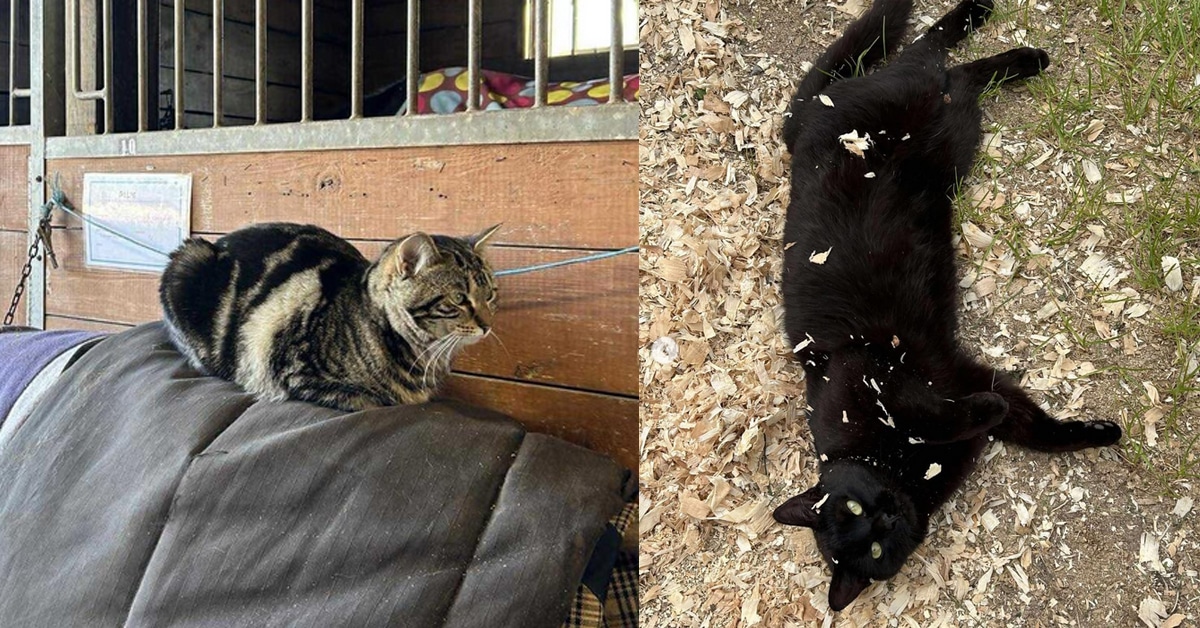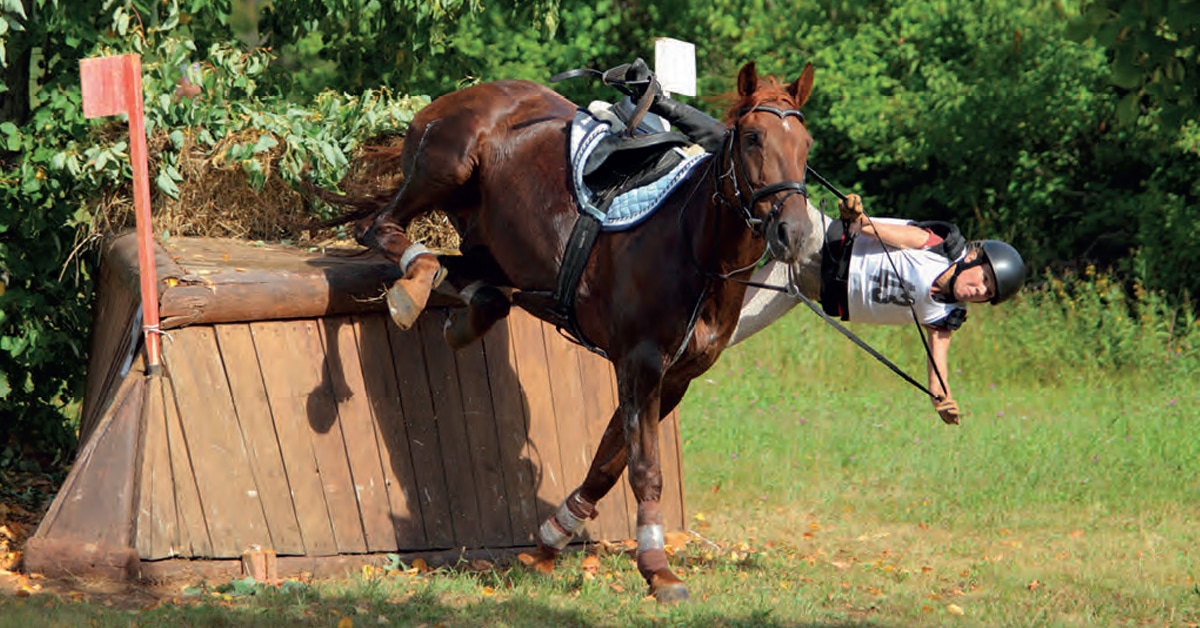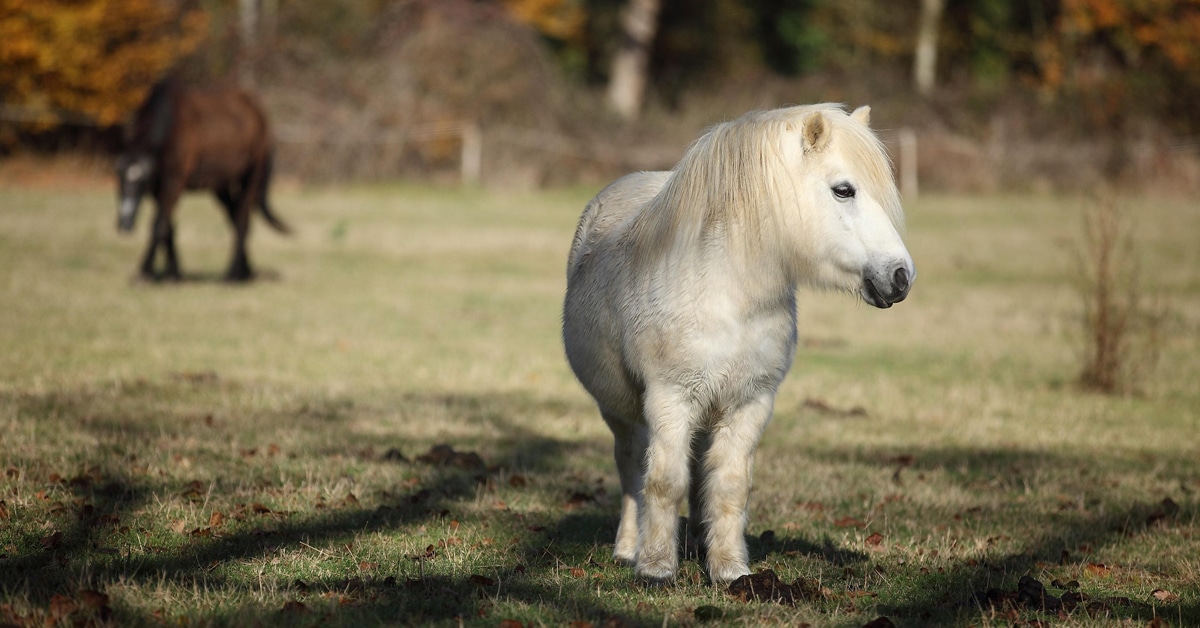Equine infectious anemia (EIA) is probably one of the most terrifying diseases for horse owners. This noncontagious infectious* disease is primarily transmitted via the bites of horse flies, stable flies and deer flies, but can also be spread through needles or surgical instruments, or through the semen of an infected stallion. Pregnant mares may pass the virus to their unborn foals in utero, or postpartum through their milk. EIA has no treatments, vaccines or cures, and a horse that tests positive must be humanely destroyed as it becomes a carrier for life.
Two cases of EIA were recently confirmed in Canada, including a case at the Assiniboia Downs in Winnipeg, Manitoba in July and another in the Regional District of Bulkley-Nechako, British Columbia in April.
It’s a scary disease, and an important one for horse owners to know about because, in the case of EIA, prevention is key.
(*Infectious diseases are caused by bacteria or viruses that invade the body; some can spread directly from one horse to another and are said to be contagious. Strangles is a good example. A noncontagious disease means it cannot be spread directly from horse-to-horse, for example, Lyme disease and EIA, as the primary transfusion is by blood, usually by biting insects. So something contagious is by default infectious because contact exposed the horse to the infectious agent, but something infectious isn’t always contagious.)
How EIA presents
Horse Sport spoke with Dr. Amanda Emery, the veterinary program officer for the Canadian Food Inspection Agency (CFIA), to learn more. She works on files relating to equine disease, including EIA.
Clinical presentation for EIA can be highly variable, Dr. Emery says. It can depend on the virulence of the viral strain – different viral strains will have different strengths – as well as a slew of other factors, including “the dose of the virus that the horse receives, the health of the individual animal, their immune system, and any concurrent stressors, medications and disease.”
Classic cases tend to progress through three clinical phases:
- acute phase
- chronic phase
- apparent or asymptomatic phase
The acute phase can be mild, present only as a transient fever, and may be missed. It could also be severe enough that it could result in death within two to three weeks of infection, though this is pretty rare, Dr. Emery says.
Chronic cases tend to be intermittent and unpredictable, with episodes of fever, weight loss, and mild to moderate anemia (low red blood cells), Dr. Emery says. They may also have a little bit of stocking up. “The classic presentation is weight loss, lethargic, anorexic animals, with bloodwork that shows anemia – so low red blood cells and a low white blood cell count.”
Many cases will subsequently develop an inapparent or asymptomatic form, becoming silent reservoirs of the disease. “They may present with clinical signs during times of physiological stress, but otherwise they just are circulating the virus,” Dr. Emery. “They do remain a reservoir of infection for other equines.”
Cassie Roy, a horse owner in Leduc County, Alberta, had “nerve-wracking” experience with EIA exposure in September 2022, when a mare at the same boarding facility as Roy’s horse was being put down.
“She was older and we’d all kind of seen her have symptoms the whole time we knew her, so we kind of all chalked it up to age and just kind of how she was,” Roy says. “But she really started to drop weight and was just not having a good time.”
When the veterinarian came to put her to sleep, they recommended testing as some of the mare’s symptoms aligned with EIA.
The mare had been bounced around to quite a few boarding facilities before landing there, and hadn’t had a Coggins test in years, Roy says. Discovering that the mare had tested positive for EIA was “a very stressful time, especially for those of us who knew our horses had very close contact with her.” That included Roy’s own horse, who had been turned out with the infected mare for nearly a year.
Blood was taken from every horse on the property by the CFIA, and then taken again 30 days later. Thankfully, the barn didn’t have any other horses test positive.
After her experience, Roy advises other horse owners “to take as many preventative measures as possible.”
“Get the annual Coggins test done even if you don’t need it for showing. Protect your horses from insects as much as possible and if you suspect a horse has any symptoms, isolate it and get a vet out,” Roy says.
“There were a lot of tears at our barn on testing day as we were all trying to prepare for the reality if our horses tested positive,” Roy says. “I think a lot of us wanted to be angry at someone for the emotional stress we were all under, but nobody had any idea the horse had it until they did post-mortem blood work.
“She showed symptoms but we chalked it up to her age,” Roy says. “The symptoms of EIA is definitely something a lot of people need to make sure they’re educated on.”
Prevention
“The best biosecurity practice is routine testing,” Dr. Emery says. Testing is strongly encouraged whenever equines are going to be comingling together, whether that’s barn owners taking in a new boarder or client, or show or event organizers hosting horses from different barns. Testing and negative EIA status should be required before the horses come on site.
Depending on the isolation of the herd and the area of the country, it’s also good practice to do regular testing a couple of times a year.
“While the prevalence of EIA in Canada is low, we certainly do see cases every year,” Dr. Emery says. Cases tend to be more heavily weighted in Western Canada, Dr. Emery says, west of the Manitoba-Ontario border. “There is some thought that populations of unknown horses like wild horses may represent a reservoir or risk for the disease. [It] may also be related to the presence of biting flies.”
Primary transfusion of EIA is by blood, usually by biting insects such as horse flies and deer flies, but can also occur by sharing contaminated equipment or blood products.
“Another important component of prevention is ensuring that needles are single use only, [and] any dental and surgical equipment is thoroughly cleaned and disinfected,” Dr. Emery says. “So ensuring that high biosecurity in terms of cleaning and disinfecting equipment and needles, blood supplies, is really important as well.”
Positive cases
Testing for EIA is all done through blood testing to look for antibodies. The first step is a general screening test called an ELISA test, used by approved laboratories. Anything that’s not negative on the ELISA test is automatically sent to the CFIA national reference laboratory in Quebec. Then samples are repeat tested and undergo the Coggins test, which is the confirmatory test for EIA.
There is a waiting period to confirm if a horse has EIA. “Antibodies are usually only detectable a few weeks after infection,” Dr. Emery says. “So, if there has been a suspect exposure to EIA, there’s usually a waiting period before the test to ensure that the animal is truly negative.”
If a test comes back positive, “unfortunately, there is no treatment for EIA,” Dr. Emery says.
Horses that are confirmed infected by the lab’s tests will be ordered to be humanely destroyed, and CFIA will conduct tracing and testing activities on any contact from that horse’s previous 30 days, including contact on the same premises or over a fence line.
As far as she’s aware, there is not any research ongoing into possible treatments of EIA. Dr. Emery emphasizes, again, the importance of prevention.
“There is really only one option for EIA, unfortunately,” she says. “So prevention is 100% the solution.”
The Latest











